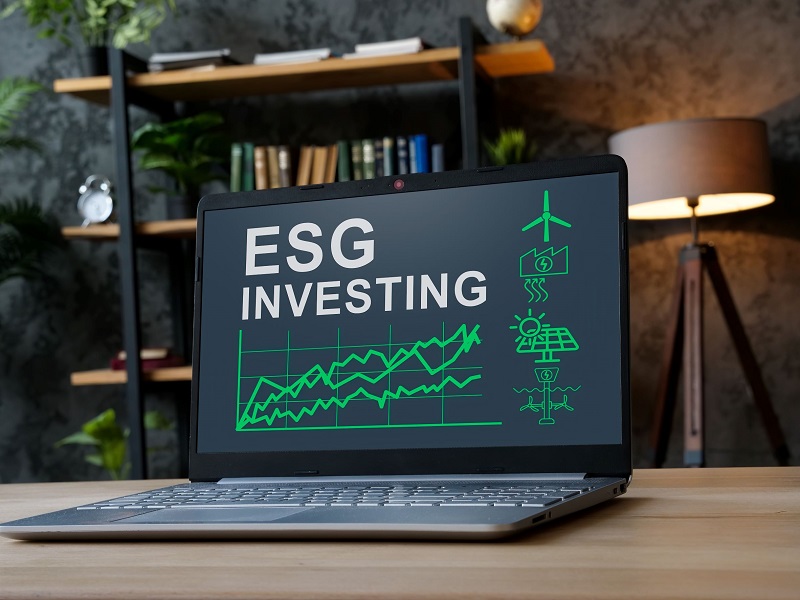
In most cases, you’ll find investing being referenced to profit generation. However, it doesn’t have to be all about profits. As concerns continue to grow about the sustainability of some business practices, some groups prioritize the environment’s well-being vis-à-vis profit when investing. This is called Environmental, Social, and Governance (ESG) investing.
If you’re looking to explore ESG investing, we’ve come up with a beginner’s guide to get started.
Understand Your Preferences
Understanding your values and preferences is always advisable before making any investment decision. These preferences can help you choose the ideal investment portfolio that’s personalized to the things that matter to you.
With ESG investing, you should understand your core values to guide your investment decisions. Ask yourself a few questions. What social values are important to you? Do you prefer diversity, safety, and health to always be at the forefront of any workplace? What environmental practices do you need to see in a business?
These questions can act as a guide when building your ideal portfolio. It will curtail the selection process.

Work With An Expert
ESG investing is quite different from financial-based investing. Based on this, it might be challenging to maneuver the field and find the right companies you want to invest in. Therefore, working with an expert is crucial.
There are two options: working with a robo-advisor or an in-person expert. The latter can give more personalized options with regard to your preferences, although it may cost more.
Working with either advisor can help you get started as you build your ESG portfolio. While you can begin investing without one, working with an expert can make navigating your options much easier.
Know The Types Of ESG Investments
Like any other investment, there are many approaches to ESG investing. Knowing and understanding each option is crucial since diversification can help build a better investment portfolio.
There are several options for ESG investing. First, there are ESG stocks, where you’ll buy stock from companies that resonate with your beliefs. In this case, the risk level is based on the extent of sustainability, proper governance, and social responsibility. The other option is ESG mutual funds. Here, you’ll pool funds with other ESG investors, and the fund manager will invest in causes you and the other members believe in.
Learn About ESG KPIs
Understanding ESG key performance indicators (KPIs) can help you identify which companies you want to invest with. ESG KPIs come in quantitative measures, making them easier to understand.
Therefore, knowing the ESG KPIs you’ll use to weigh an investment option is crucial. Be sure to find KPIs for each of the three ESG parts: environmental, social, and governance. In your search, it’s essential to differentiate KPIs from metrics. KPIs measure the achievement rate of specific goals, while metrics focus on the company’s operating or tactical performance.
For instance, some of the environmental KPIs are a company’s carbon footprint, waste management, and recycling habits. Governance leans more toward leadership and business ethics. Some governance KPIs include anti-corruption measures, executive compensation, and risk mitigation. Meanwhile, social KPIs include worker diversity, gender pay equality, employee health and safety, and employment rate.
Remain Flexible
Change is an aspect that needs to be taken into account regardless of the industry. Hence, accepting change is a good habit you can incorporate when it comes to ESG investing, especially as the metrics that define it can change more often than traditional investing options.
Some things that might change are standards, frameworks, and regulations. In most cases, these changes arise due to the changing needs of the environment. There are times when climate change can take a negative trend. The relevant ESG authorities will then adjust their metrics to help curb the new concern. For instance, there can be more tax and government regulations to help improve the current situation.
It’s important to note that these changes can also happen in the social aspect of ESG. There could be an introduction to new health and safety protocols in the workplace or the need to build a diverse office culture that fosters employee empowerment.
With flexibility in ESG investment strategies, you’re up to date with changes in the industry. This can lead you to make better decisions on the investments you plan to make and be more adaptable to future changes.
Conclusion
Environmental, Social, and Governance (ESG) investing is a good option for budding—or existing—investors who want to be conscious about their decisions, especially regarding climate issues and social values. It may take more time and effort initially, but with ESG investing, you’re investing in things you believe in, making it worthwhile.



